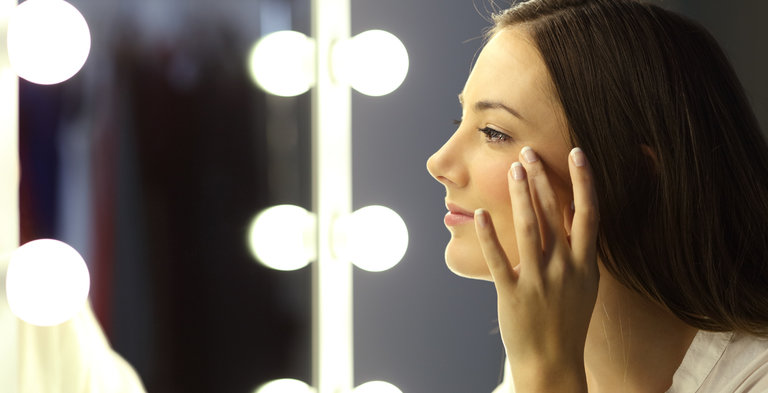Sophie Cambos
2019, 25th IFSCC conference
Introduction
The primary function of an emulsifier is to stabilize an emulsion. But actually, excipients such as emulsifiers can contribute to skin benefits. The most universal skin need is hydration. Hydration intensity depends on its mechanism: film forming effect, interaction with the stratum corneum lipids...The aim of our study is to measure the impact on end-user performance of stable basic emulsions by varying only the emulsifier nature, and, in a second step, to understand the mechanism of action.
Materials and methods
Simple O/W emulsions stabilized with different emulsifiers were independently evaluated with several methods to measure their effect on the skin surface. The analysis were chosen to generate data on skin hydration. In first intention, the moisturizing effect (corneometry in vivo test on twenty volunteers until five hours) and the film forming capability (in-house in vitro method dedicated to assess emulsion film water resistance after several baths in hard water) were carried out. The positive impact and the mechanism of action of an emulsifier on skin hydration and smoothness have been assessed thanks to image analysis of skin rugosity (ColorFace® acquisition system on 20 volunteers until thirty minutes) and penetration follow-up in reconstructed stratum corneum (X-rays diffraction during one hour). Furthermore, image analysis of skin gloss (ColorFace® acquisition system on 20 volunteers until thirty minutes) and in vivo protection against pollution (dosage of heavy metals after six hours in urban polluted atmosphere, 20 volunteers) allowed to demonstrate the physical and protective effects of the film activities.
Results and discussion
O/W emulsions based on Emulsifier 1 provided interesting results with three methods. The moisturizing effect was confirmed through corneometry measurement. The hydration mechanism was clarified by two complementary tests. Skin rugosity analysis with ColorFace® acquisition system allowed to visualize a restructuring effect. A deeper hydration mechanism was observed with X-rays diffraction, emphasizing emulsion penetration in the reconstructed stratum corneum. This second research highlighted the emulsion interactions with stratum corneum lipids. Emulsions containing Emulsifier 2 performed as well, but according to another mechanism. Water resistance of emulsion film was demonstrated with the validated in-house method. More information on the film were acquired. Firstly, a mattifying effect was discovered with ColorFace® acquisition system. Moreover, anti-pollution effect was quantified through heavy metals dosage after skin strippings.
Conclusion
This work confirmed that emulsifiers not only contribute to emulsion texture, stability and sensory, but they also influence the performance of the emulsion on skin’s end benefits, with different mechanism according to their chemical structure. Emulsifier 1 (Arachidyl Alcohol & Behenyl Alcohol & Arachidyl Glucoside) imparted a restructuring effect explained by its interactions with stratum corneum lipids. Emulsifier 1 inserted between the lamellar organization of the lipids thus strengthened the orthorhombic structure, which resulted in a higher skin hydration correlated by the results of the corneometer study. Emulsifier 2 (C20-22 Alkyl Phosphate & C20-22 Alcohols) formed a matte film at the skin surface that imparted water resistance and protection against pollution.
Seppic, 50 boulevard National - CS 90020 - 92257 La Garenne Colombes Cedex, France

